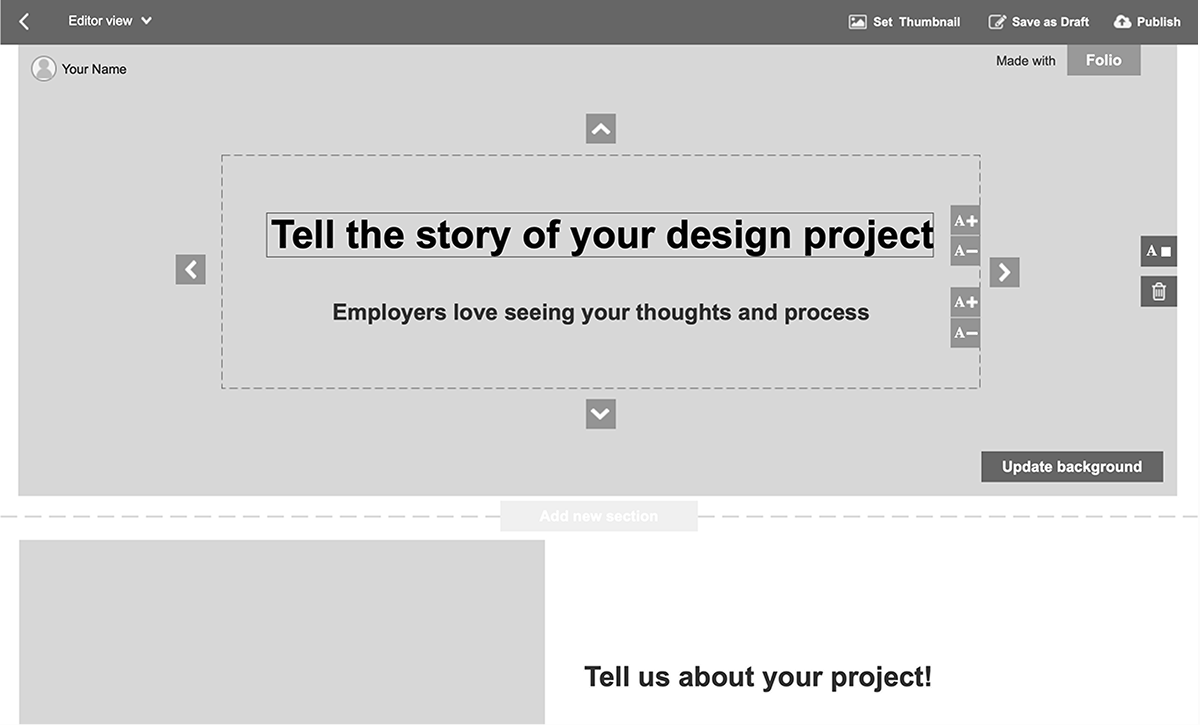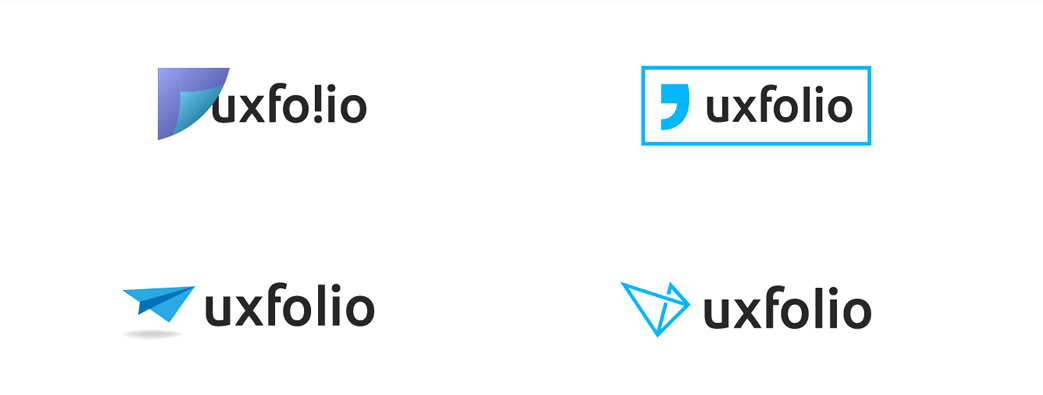How I Learned to Design Without Every Detail
A big
In 2017, I had the chance to work on UX studio’s very first own digital product, UX Folio. At the time, portfolio builders were largely focused on visuals, with platforms like Behance and Dribbble not allowing UX designers to properly share their case studies. We saw this as an opportunity to create something that catered specifically to UX designers. Our CEO, David, was eager to experiment and trusted me to lead the project as a designer.
At the beginning, I was excited and felt this was a chance to work “by the book.” I was determined to follow every method, run all the workshops, and gather as much research as I could.
I felt like this was my big opportunity to make everything perfect and back up every decision with data and approval from others in the studio.
Discovery research
We started with discovery research, conducting interviews with around eight UX designers to understand their pain points. We narrowed the problems down to three main themes: they didn’t know how to code their portfolios, they didn’t have time, and they struggled with writing. With these insights, we were able to focus on building a strong MVP that would address these needs.
We also extended the research to HR professionals, learning that they felt UX portfolios lacked personality and a clear story behind the designs — how the designer got from A to B. This was an interesting tension: designers wanted quick solutions and hated writing, while HR professionals wanted more depth and storytelling.

Prototyping in Axure
I created an initial prototype in Axure, focusing on helping designers quickly build portfolios. We intentionally narrowed down design options to make the process as simple as possible.

Branding and Marketing
The landing page was just as crucial as the product itself. We spent considerable time crafting the value proposition, ensuring we communicated clearly what UX Folio could offer.
I conducted several workshops related to branding: we had a Brand Persona Workshop with the brand archetypes and the tone of voice. After that, I also asked the designers about the first Look and Feel drafts of the product and the landing page.
I organised a usability test every week and incorporated the landing page as well to it.
I’ve always had a deep love for typography, so coming up with the logo was a particularly enjoyable task for me. My goal was to create something that not only looked visually appealing but also captured the essence of the product.

Research
The journey wasn’t easy, and it required me to take on dual roles as both designer and researcher. Weekly usability tests were conducted, and I meticulously documented every interview and test result in a research system. I spent a lot of time ensuring the value proposition was clear and worked tirelessly on the landing page to ensure it was as integral to the product as the tool itself.

Building UX Folio from scratch in just six months was a significant achievement. Today, the product continues to grow, with thousands of users and steady revenue. The core features that we first developed are still integral to the product, even though it has evolved over time. What started as a small idea has become a valuable tool for UX designers, helping them showcase their work in a way that wasn’t possible before.
Today, the product continues to grow, with thousands of users and steady revenue.
Looking back, I can see how this project helped me evolve as a designer. While I was dedicated to researching and refining the product, I realize now that I didn’t fully trust my instincts early on. I relied heavily on feedback from others, which slowed the process. I wasn’t confident enough to take the lead on the product and make decisions without second-guessing myself. Today, after years of working on diverse projects, I feel more assured in my design decisions. I’ve learned that confidence isn’t about having all the answers but about trusting your process, standing by your choices, and knowing when to take ownership of your work.
